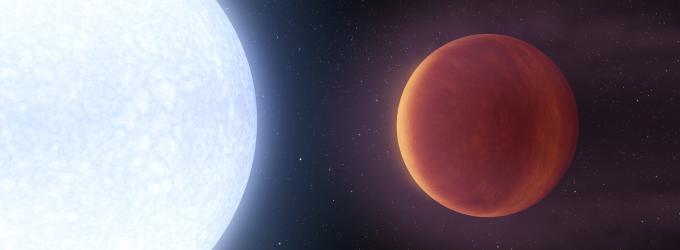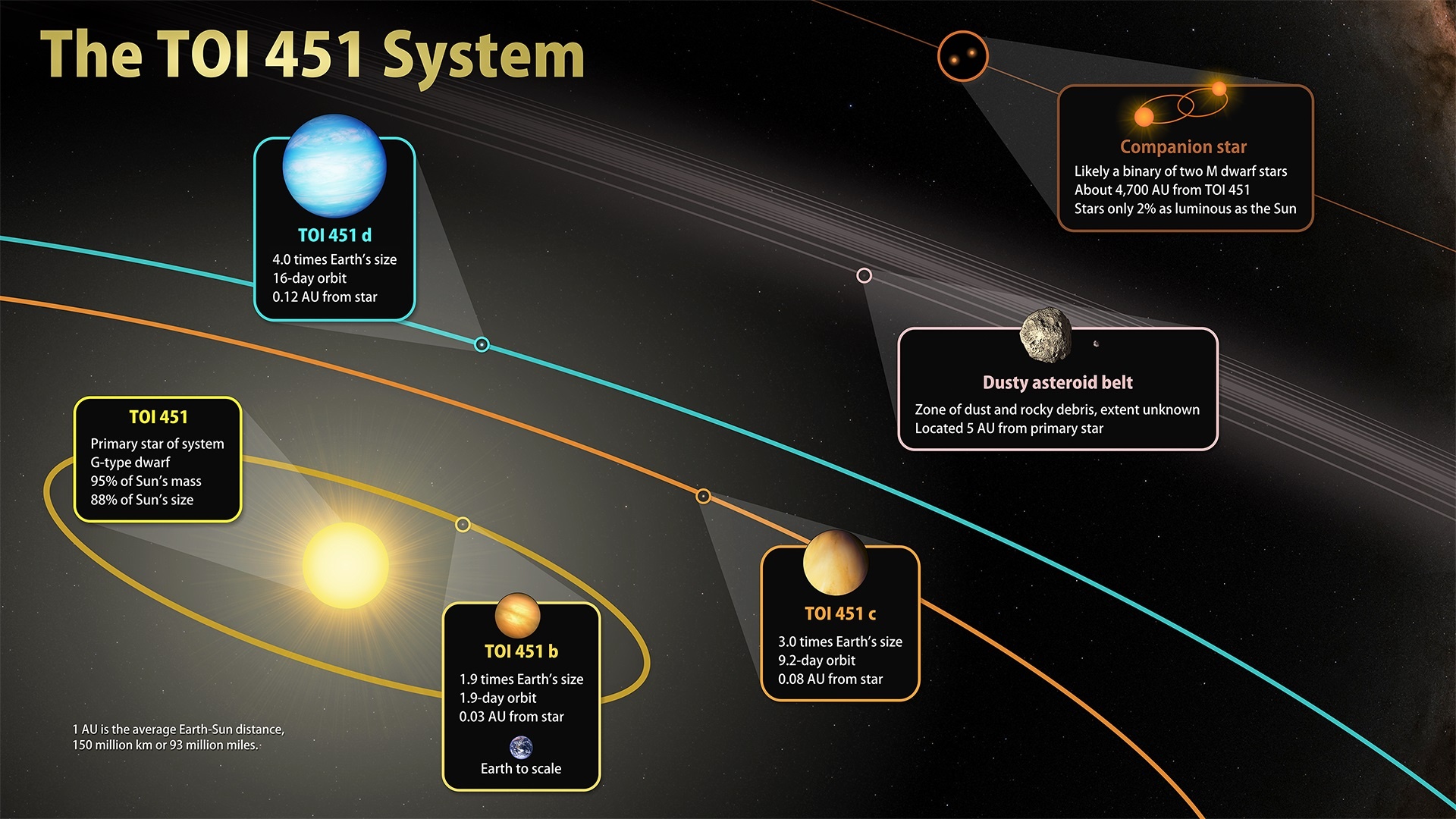Vega is one of the brightest and best known stars in the night (or even twilight) sky. Located in the constellation Lyra, it is only 25 light years from Earth, and about twice our Sun’s mass. And now, astronomers might have found one of the hottest known planets orbiting it extraordinarily quickly.
Continue reading “Vega Might Have a Planet”How Would Rain be Different on an Alien World?

On Titan, Saturn’s largest moon, it rains on a regular basis. As with Earth, these rains are the result of liquid evaporating on the surface, condensing in the skies, and falling back to the surface as precipitation. On Earth, this is known as the hydrological (or water) cycle, which is an indispensable part of our climate. In Titan’s case, the same steps are all there, but it is methane that is being exchanged and not water.
In recent years, scientists have found evidence of similar patterns involving exoplanets, with everything from molten metal to lava rain! This raises the question of just how exotic the rains may be on alien worlds. Recently, a team of researchers from Havard University conducted a study where they researched how rain would differ in a diverse array of extrasolar planetary environments.
Continue reading “How Would Rain be Different on an Alien World?”Just Some of the Planets That TESS Has Found Nearby
Ever since NASA’s Kepler Space Telescope was launched in 2009, there has an explosion in the study of the extrasolar planets. With the retirement of Kepler in 2018, it has fallen to missions like the Transiting Exoplanet Survey Satellite (TESS) to pick up where its predecessor left off. Using observations from TESS, an international team of astronomers recently discovered three exoplanets orbiting a young Sun-like star named TOI 451.
Continue reading “Just Some of the Planets That TESS Has Found Nearby”Possible Super-Earth in the Habitable Zone at Alpha Centauri
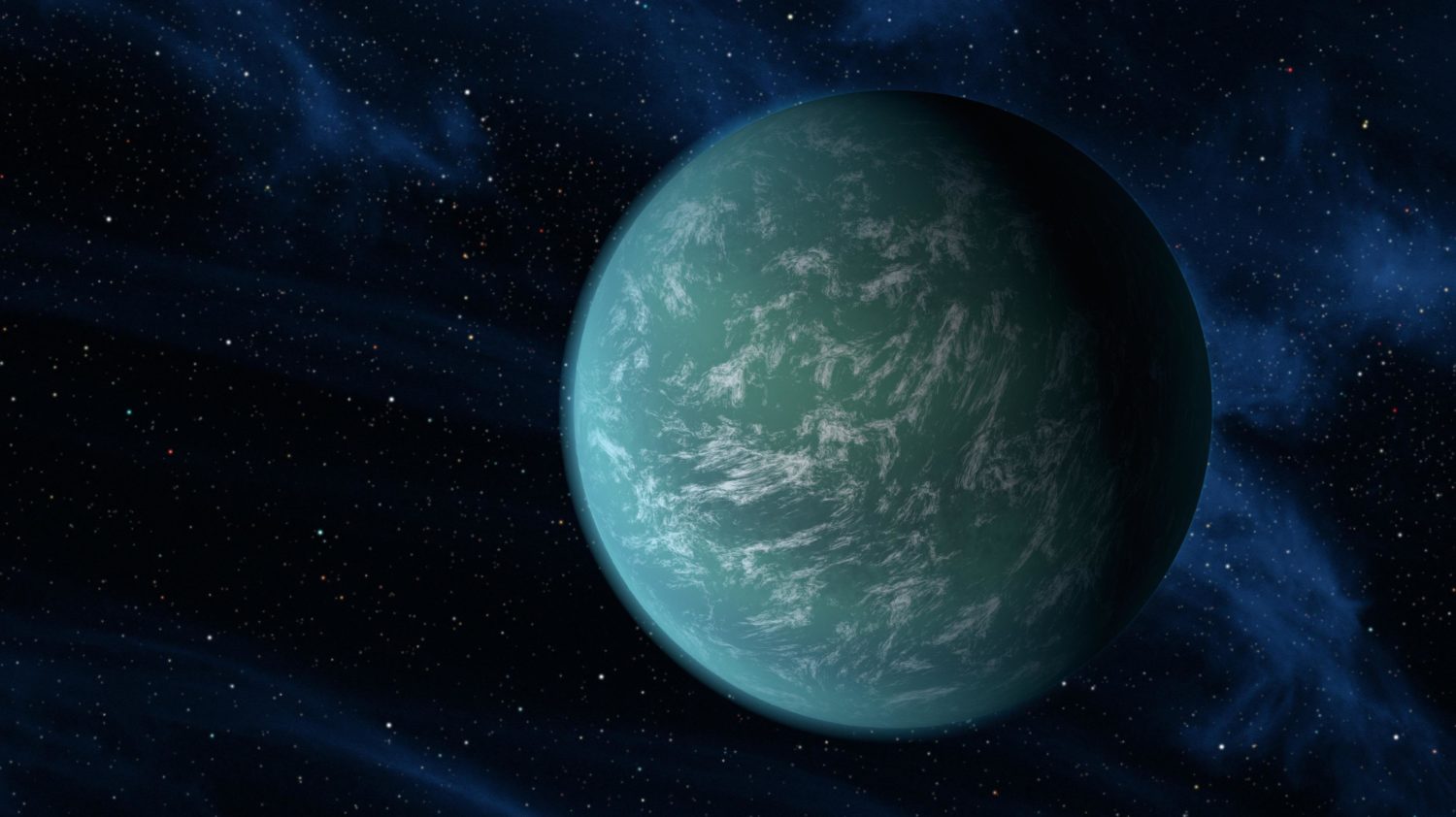
Astronomers using a new technique may have not only found a super-Earth at a neighbouring star, but they may also have directly imaged it. And it could be nice and cozy in the habitable zone around Alpha Centauri.
Continue reading “Possible Super-Earth in the Habitable Zone at Alpha Centauri”Super-Earth Conditions Simulated in the Lab to Discover if They’re Habitable
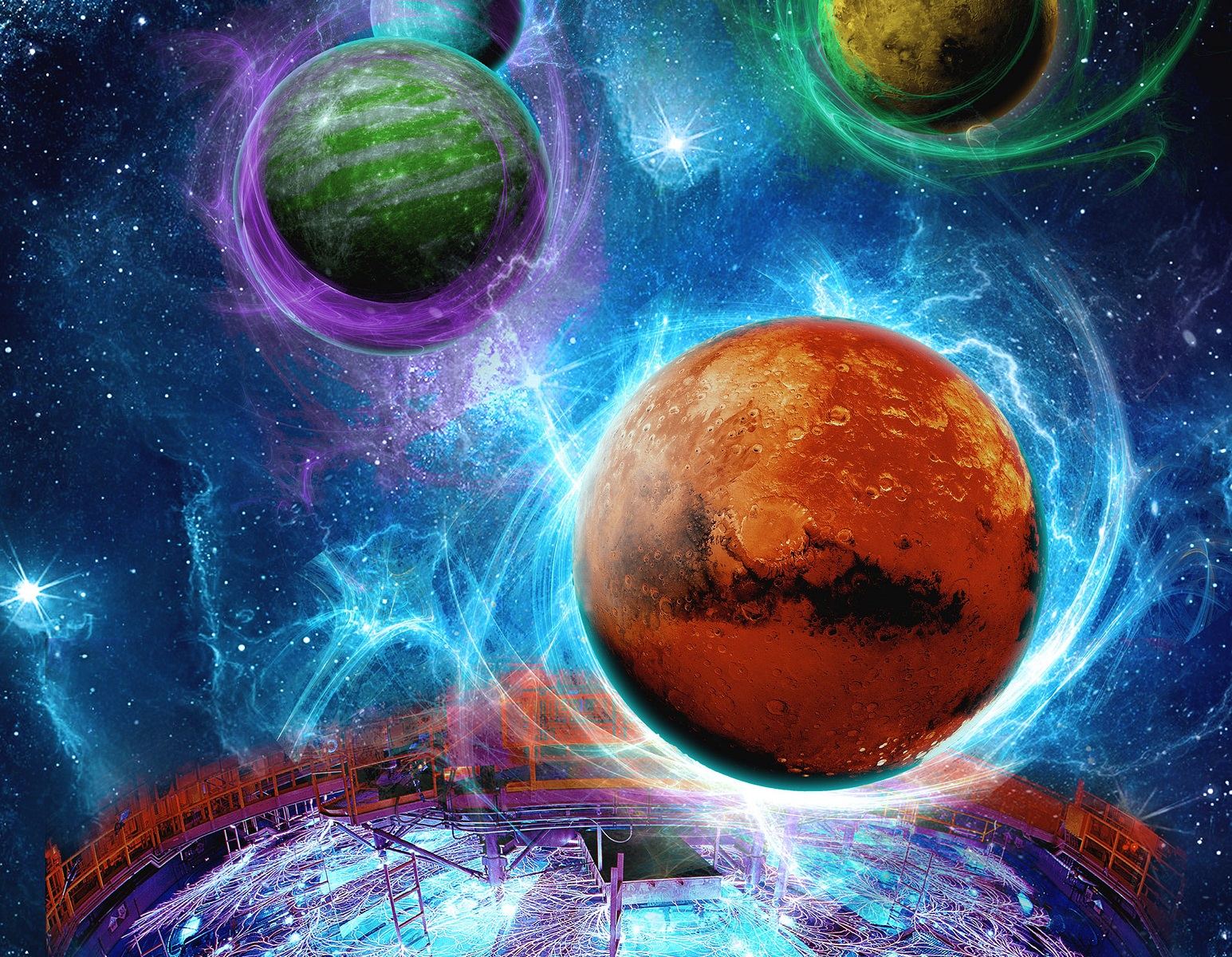
Deep inside planet Earth, there is a liquid outer core and a solid inner core that counter-rotate with each other. This creates the dynamo effect that is responsible for generating Earth’s planetary magnetic field. Also known as a magnetosphere, this field keeps our climate stable by preventing Earth’s atmosphere from being lost to space. So when studying rocky exoplanets, scientists naturally wonder if they too have magnetospheres.
Unfortunately, until we can measure an exoplanet’s magnetic fields, we are forced to infer their existence from the available evidence. This is precisely what researchers at the Sandia National Laboratories did with its Z Pulsed Power Facility (PPF). Along with their partners at the Carnegie Institution for Science, they were able to replicate the gravitational pressures of “Super-Earths” to see if they could generate magnetic fields.
Continue reading “Super-Earth Conditions Simulated in the Lab to Discover if They’re Habitable”What Are Extrasolar Planets?
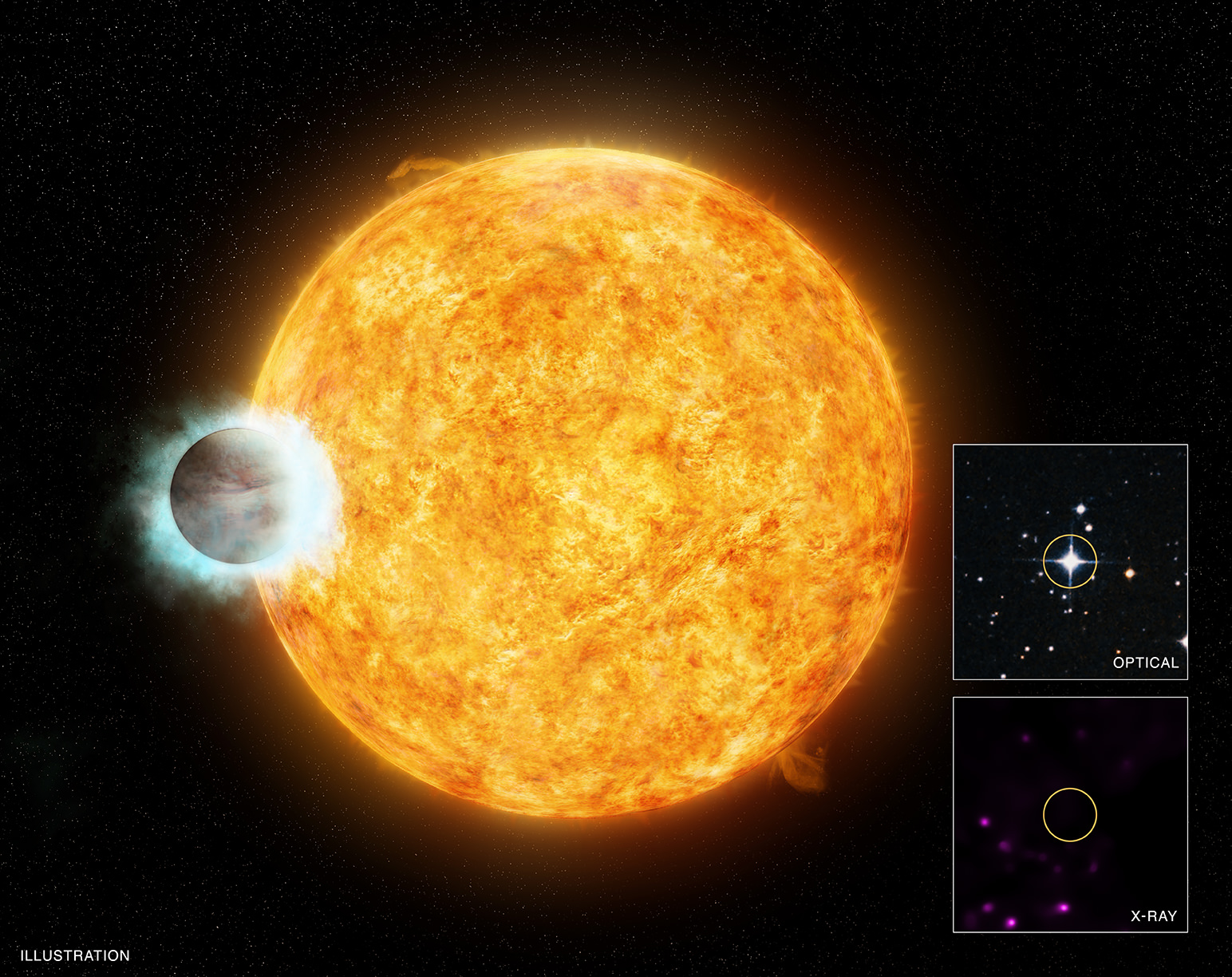
For countless generations, human beings have looked out at the night sky and wondered if they were alone in the Universe. With the discovery of other planets in our Solar System, the true extent of the Milky Way galaxy, and other galaxies beyond our own, this question has only deepened and become more profound.
And whereas astronomers and scientists have long suspected that other star systems in our galaxy and the Universe had orbiting planets of their own, it has only been within the last few decades that any have been observed. Over time, the methods for detecting these “extrasolar planets” have improved, and the list of those whose existence has been confirmed has grown accordingly (over 4000 and counting!)
Continue reading “What Are Extrasolar Planets?”Astronomers are now Finding Planetary Disks Around the Smallest, Least Massive Stars
Astronomers have been watching planetary systems form around sun-like stars for decades. And now, new observations with the ALMA telescope reveal the same process playing out around the smallest, but most common, stars in galaxy.
Continue reading “Astronomers are now Finding Planetary Disks Around the Smallest, Least Massive Stars”A new Class of Exoplanets can Shrink, From Subneptunes Into Superearths
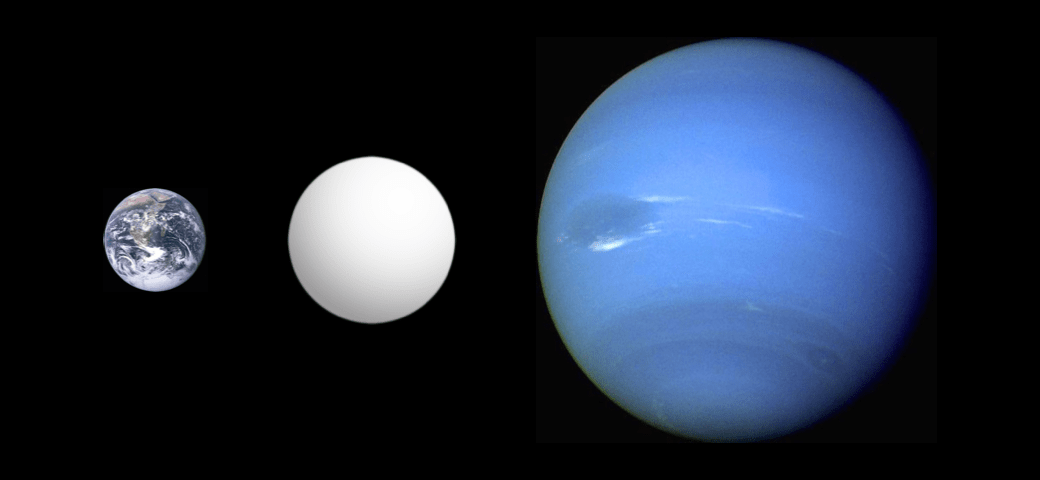
Mighty planets can be whittled down, leaving behind only their rocky cores, becoming nothing bigger than superearths. While astronomers had long suspected that this could happen, a new study reveals that it can occur in as little as a billion years.
Continue reading “A new Class of Exoplanets can Shrink, From Subneptunes Into Superearths”A Sunlike Star Found With Four (No, Five!) Exoplanets Orbiting It

In just nine months (October 31st, 2021), NASA’s long-awaited James Webb Space Telescope (JWST) will finally be launched to space. Once operational, this next-generation observatory will use its powerful infrared imaging capabilities to study all kinds of cosmological phenomena. It will also be essential to the characterization of extrasolar planets and their atmospheres to see if any are habitable.
In anticipation of this, astronomers have been designating exoplanets as viable candidates for follow-up studies. Using data from the Transiting Exoplanet Survey Satellite (TESS), an international team led by MIT researchers discovered four new exoplanets orbiting a Sun-like star about 200 light-years from Earth. This system could be an ideal place for James Webb to spot a habitable planet.
Continue reading “A Sunlike Star Found With Four (No, Five!) Exoplanets Orbiting It”White Dwarf Atmospheres Might Contain the Pulverized Crusts of Their Dead Planets
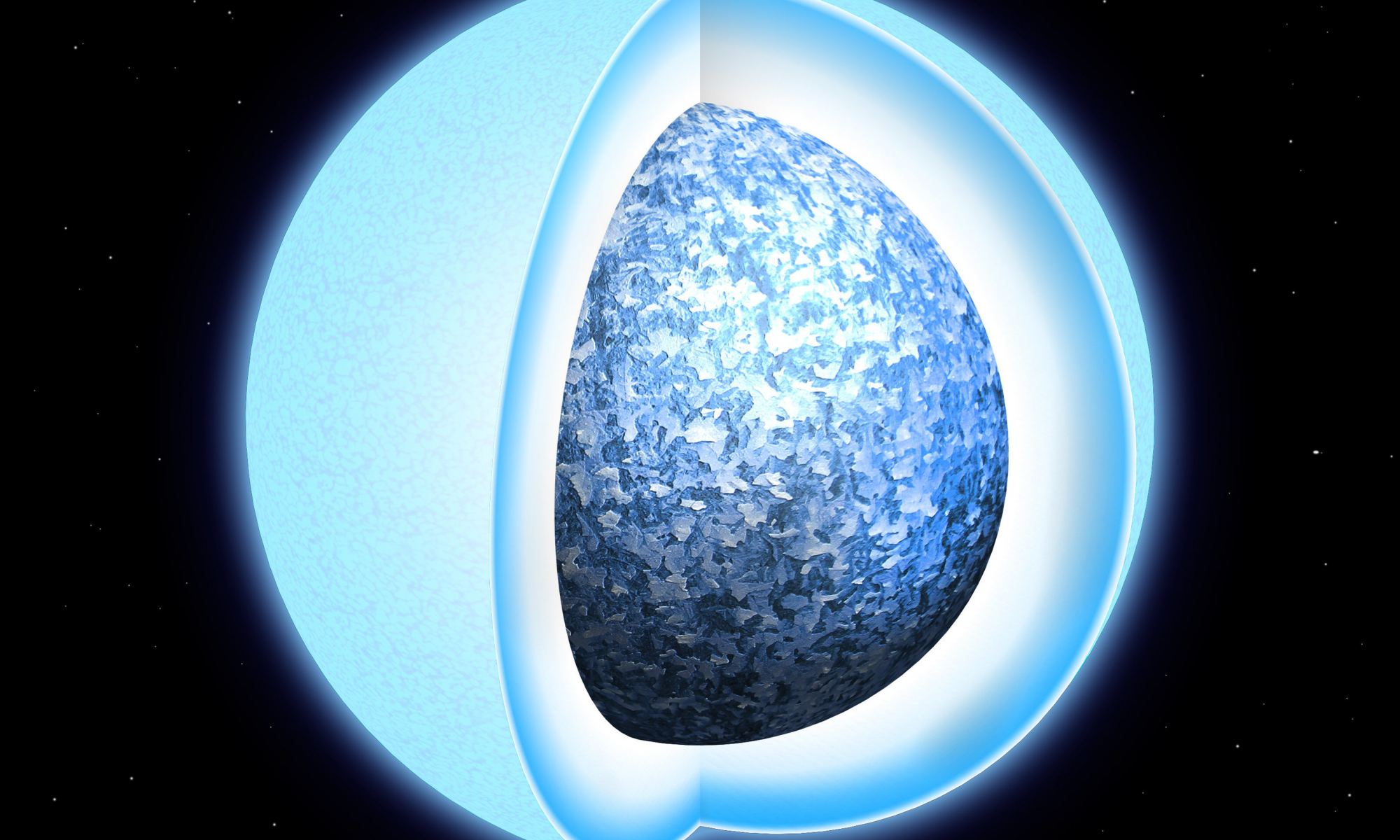
Astronomers have developed a new technique to search for exoplanets – by looking for their crushed up bones in the atmospheres of white dwarfs. And it’s working.
Continue reading “White Dwarf Atmospheres Might Contain the Pulverized Crusts of Their Dead Planets”
